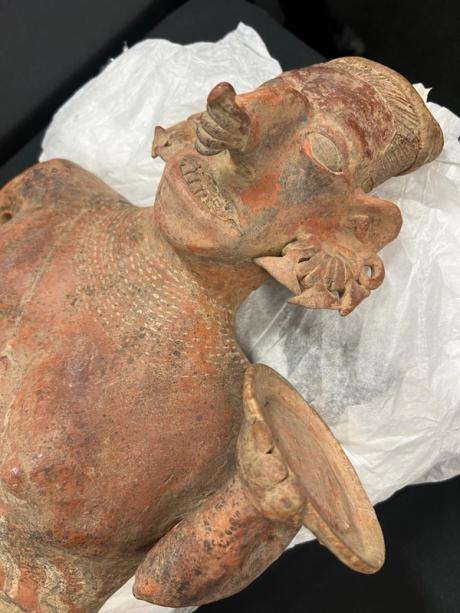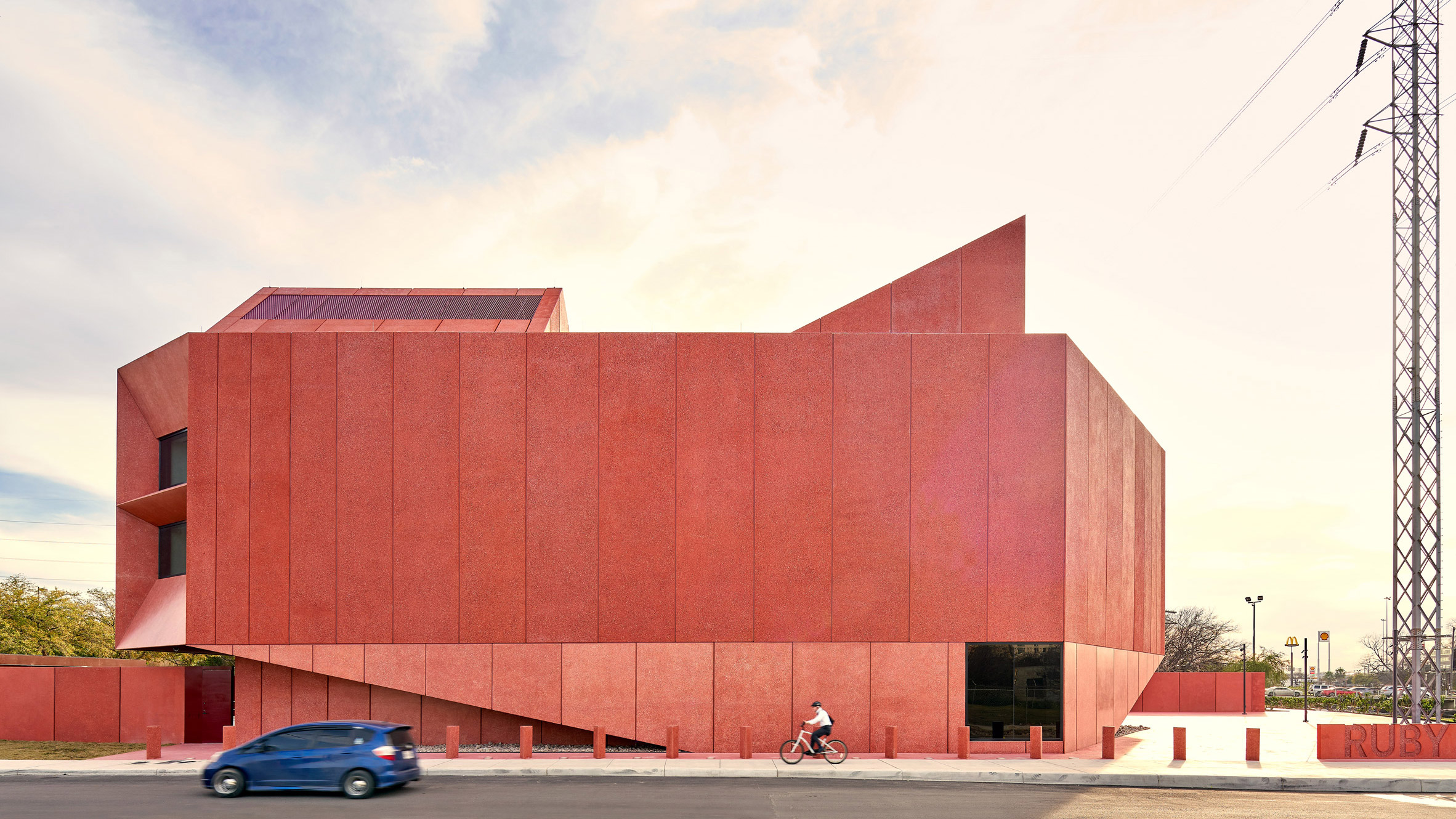La semeuse d’étoiles
- Textile (Textile)
291 x 298 cm
Papa Ibra Tall
During the years of President Senghor, Papa Ibra Tall was influential in the cultural dimension of Senegalese politics, participating in the implementation of the Dakar School, a movement of artistic renewal born at the dawn of the country’s independence between 1960 and 1974 and which was encouraged by President Senghor. The artist set out to transcribe ‘negritude’ in his works, according to Senghor’s definition in Problème de la Négritude: “To assume the values of civilization of the Black world, to actualize them and to fertilize them, if necessary with the foreign contributions, to live by oneself and for oneself, but also to make them live by and for others, thus bringing the contribution of the new Negroes to the civilization of the universal.”
A crucial figure in the history of African modernism, Papa Ibra Tall was a renowned tapestry weaver, painter, and illustrator. The artist was deeply involved with the Négritude movement, which protested colonialism; promoted African heritage, culture, and identity; and advocated for Pan-African and Afro-diasporic solidarity. After encountering this movement, as well as the American Black Jazz movement while studying in Paris in the 1950s, he returned to Senegal to found the École de Dakar with Iba Ndiaye and Pierre Lods in 1960, where he sought to encourage the development of an identifiable Pan-African lexicon. Tall’s practice demonstrates his commitment to Négritude, as well as the development of his unique visual language, which he explored through various media. Featuring vibrant colors and sinuous lines that transverse the entire canvas, page, or tapestry, each mark or thread in Tall’s work is methodically and rhythmically placed.
Colors:
Related works sharing similar palette
» see more

© » KADIST
Sylbee Kim
2021Sylbee Kim’s Unindebted Life is a single-channel video, commissioned and premiered at the 13th Gwangju Biennale (2021)...

© » THEARTNEWSPER
30 archaeological artefacts returned to Mexican authorities in Los Angeles ceremony Art market Museums & heritage Exhibitions Books Podcasts Columns Technology Adventures with Van Gogh Search Search Museums & Heritage news 30 archaeological artefacts returned to Mexican authorities in Los Angeles ceremony Objects ranging from the 1st century to the 15th century were handed over at the Mexican consulate in Los Angeles earlier this month Benjamin Sutton 9 February 2024 Share An elaborately rendered ceramic figure that was handed over to Mexican authorities in Los Angeles on 1 February Mexico Ministry of Culture Anthropomorphic ceramic figures, necklace beads, vessels and more archaeological objects were turned over to Mexican authorities, including the country’s visiting secretary of foreign affairs, Alicia Bárcena Ibarra, during a ceremony this month at Mexico’s consulate in Los Angeles...
Related works found in the same semantic group
» see more

© » KADIST
Olaf Breuning
2002For this image, Olaf Breuning invented a revised stone age corrected for the cinema in which dolmens and leather were replaced by surf boards and neoprene clothing...

© » KADIST
Sahej Rahal
2015Within the narrative of Sahej Rahal’s The rocks we will find, beings perform absurd acts in derelict corners of the city, emerging into the everyday as if from the cracks of our civilization, transforming them into liminal sites of ritual, and challenging ways in which we experience time and space...

© » KADIST
Mohamed Bourouissa
2008Temps Mort is the result of one year of mobile phone exchanges of still images and videos between the artist and a person incarcerated in prison...



